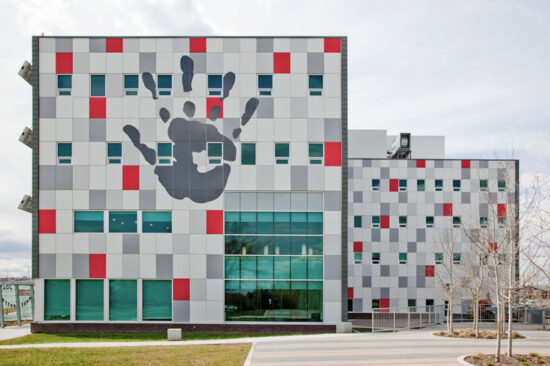
Hiking around Lake Louise on a recent trip to Calgary, Alberta, I took in breathtaking views of big blue skies and the Canadian Rockies and felt grateful of the precious natural resources that this land offered. Upon my return to the reality of the urban city and endless suburbs, I had the opportunity to experience the increasing influence of green building and architecture that address the critical need of taking responsibility in resource conservation.
One might assume that sustainable building practices would not have the same priority in Alberta, a relatively resource-rich region with abundant water and energy, as it does in California. A quick search on Google prior to the trip returned results on a number of LEED Platinum certified projects, one of which was the University of Calgary’s (U of C) Child Development Center (CDC).
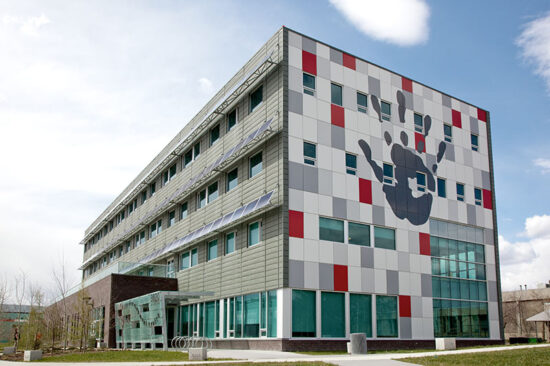
The CDC achieved many “firsts” upon its completion in 2007: the largest LEED Platinum certified building in Canada, the highest scoring (57 points) LEED certified building in Canada, and the highest scoring cold-climate LEED certified building in the world. It is an example of University President Harvey Weingarten’s commitment to achieving LEED Platinum certification for all new buildings on the U of C campus.
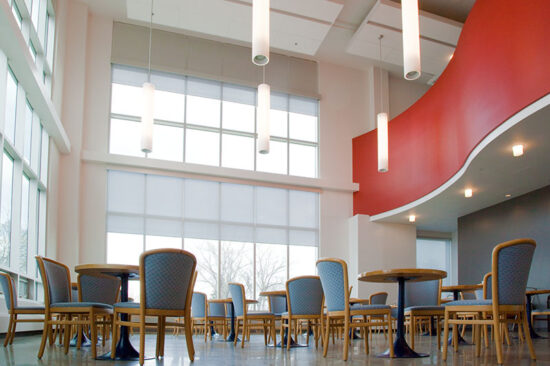
The project incorporates numerous green building products and practices including:
- a 65 kW solar photovoltaic system (Conergy);
- solar panels doubling as a window shading device;
- motion-activated energy efficient lights;
- high-performance boilers;
- ventilation through a raised floor access system;
- low-flow plumbing fixtures;
- dual flush toilets using non-potable water;
- waterless urinals;
- exterior zinc cladding (RHEINZINK);
- concrete with 75% fly-ash content;
- a high reflectivity and emissivity roofing system (Sarnafil);
- 83% of construction waste diverted from landfills;
- use of grey-water from the University’s central heating plant; and
- strategic window placement to maximize natural light.
The use of these products and practices are expected to reduce energy costs (over 70%) and water use (more than 55%) in comparison to what a standard building design would use.
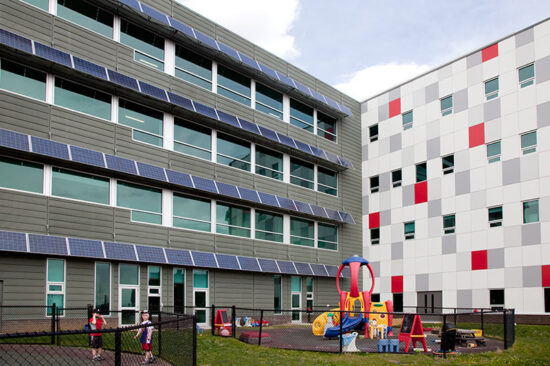
The CDC building has been critiqued in an online forum as “no one ever said environmentally sound buildings were pretty.” It may not appeal to everyone’s aesthetics, but it does achieve the goal of being a high-performance, sustainable building—a goal that we can all support.
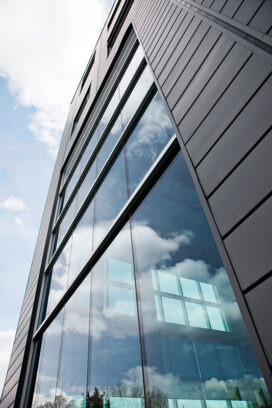
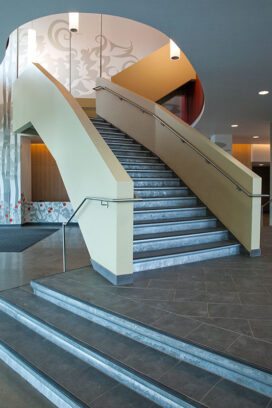


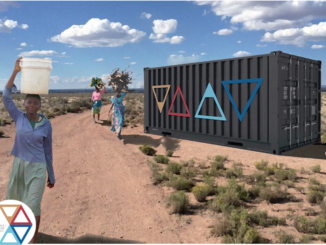
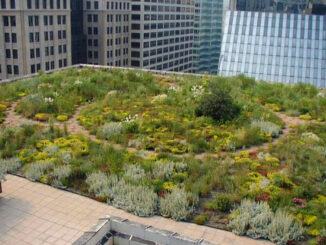
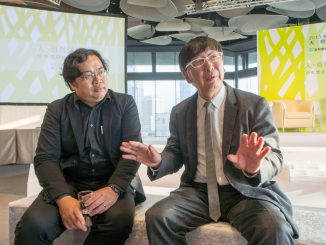
Be the first to comment